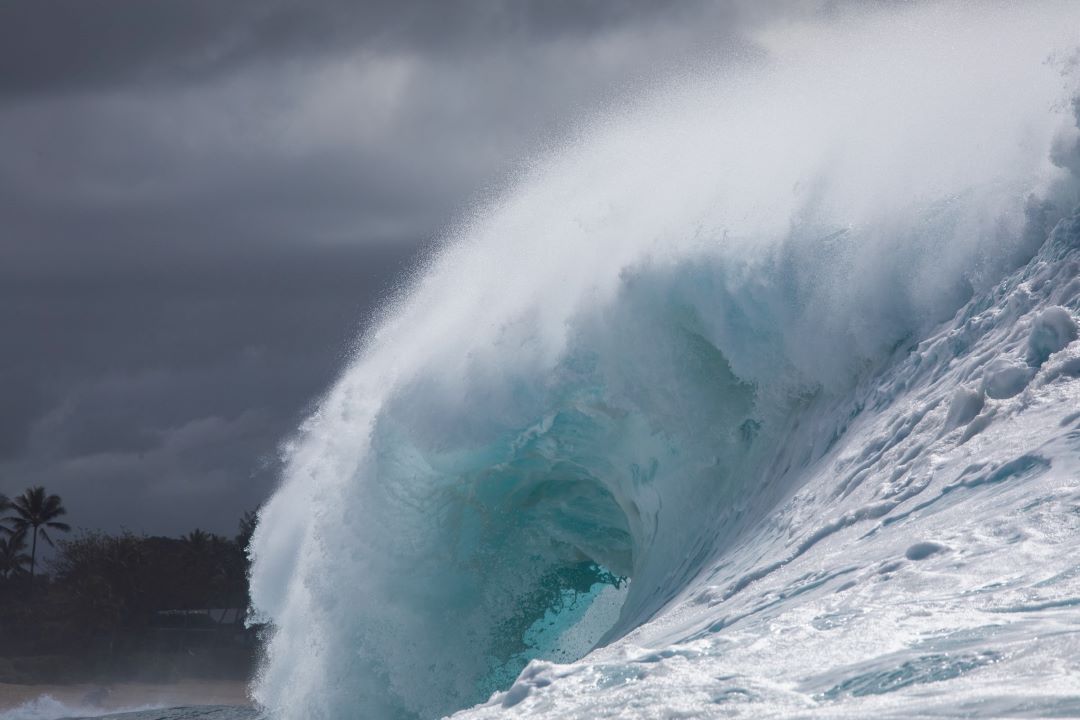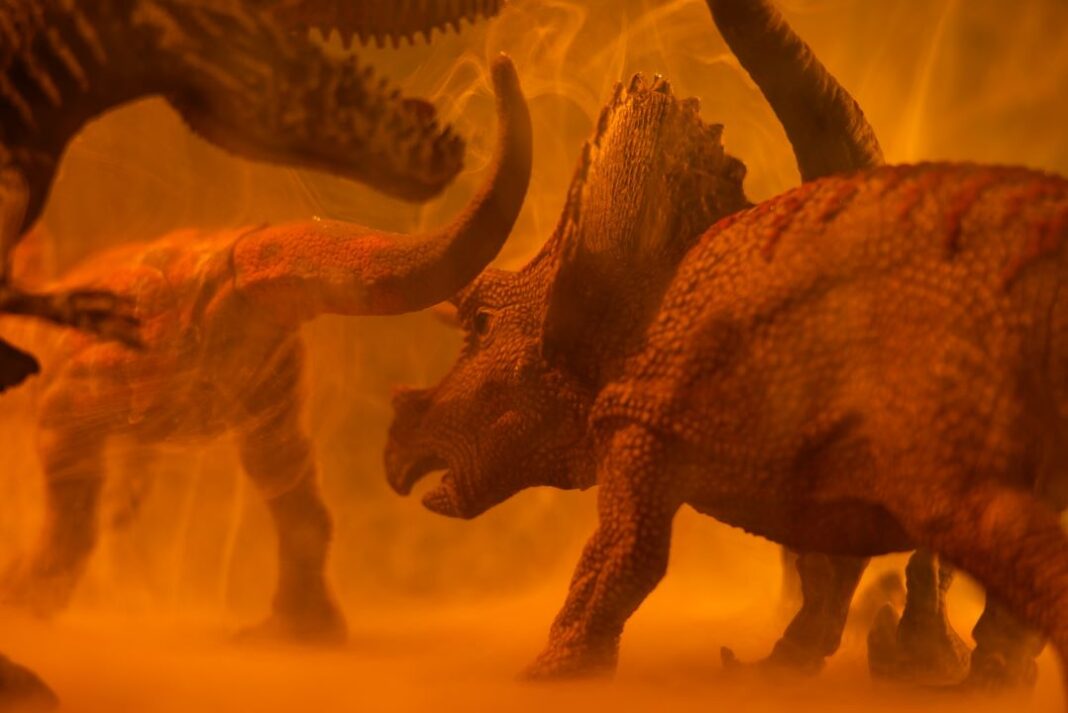About 66 million years ago, the Earth was hit by an asteroid that landed on Mexico’s Yucatan Peninsula. This impact had disastrous consequences – it caused the mass extinction of the dinosaurs. The asteroid’s fall caused a huge tsunami that wiped out some life on Earth. Scientists created the first simulation of this fact.
Tsunami after the Asteroid Impact
A tsunami simulation that wiped out the dinosaurs after an asteroid hit was published in the AGU Advances journal in early October. The model situation showed that the water reached a height of about a thousand meters just after the impact. About an hour after the crash, wave heights in the open ocean in the Gulf of Mexico exceeded 300 meters. Wave height decreased with time and distance from the impact.

The authors calculated that the initial prehistoric tsunami energy was up to 30,000 times greater than the tsunami energy generated by the December 2004 Indian Ocean earthquake. It took approximately a week for the wave to dissipate completely.
Prehistoric Evidence
Scientists examined about 120 geological sites before and after the asteroid impact to find evidence of the tsunami’s destructive power. They discovered disturbed and eroded sediments in ocean basins from present-day Mexico to New Zealand.
“The distribution of erosion and gaps we observed in the Upper Cretaceous marine sediments is consistent with our model results, giving us greater confidence in the model predictions,” said lead author Molly Range, a physical oceanographer at the University of Michigan.
The most valuable geological evidence is located on the east coast of the North and South Islands of New Zealand, which are more than 12 thousand kilometers away from the asteroid impact site in Yucatan. These deposits are a record of prehistoric global tsunami effects.
Source: agupubs.onlinelibrary.wiley.com/doi/10.1029/2021AV000627, photo credit: usplash.com















